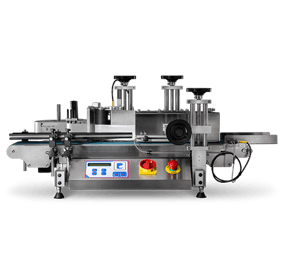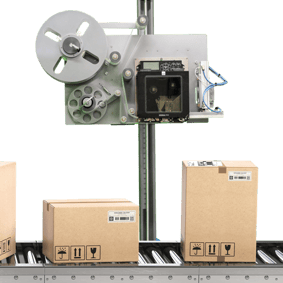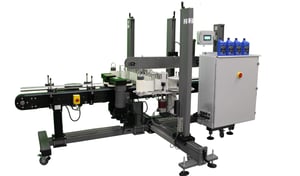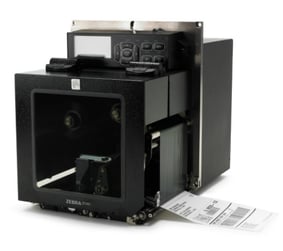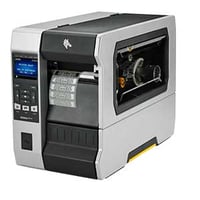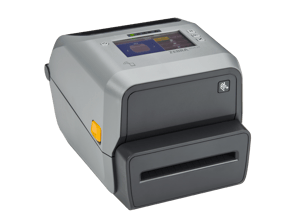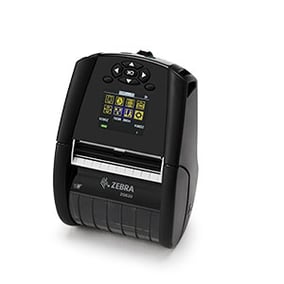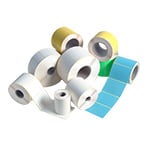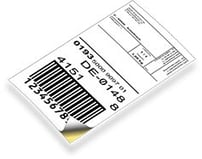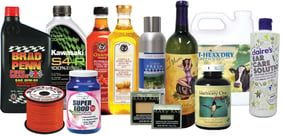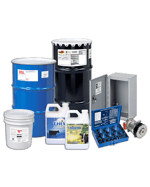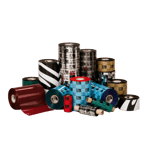Types of Print and Apply Labeling Applications and How They Work
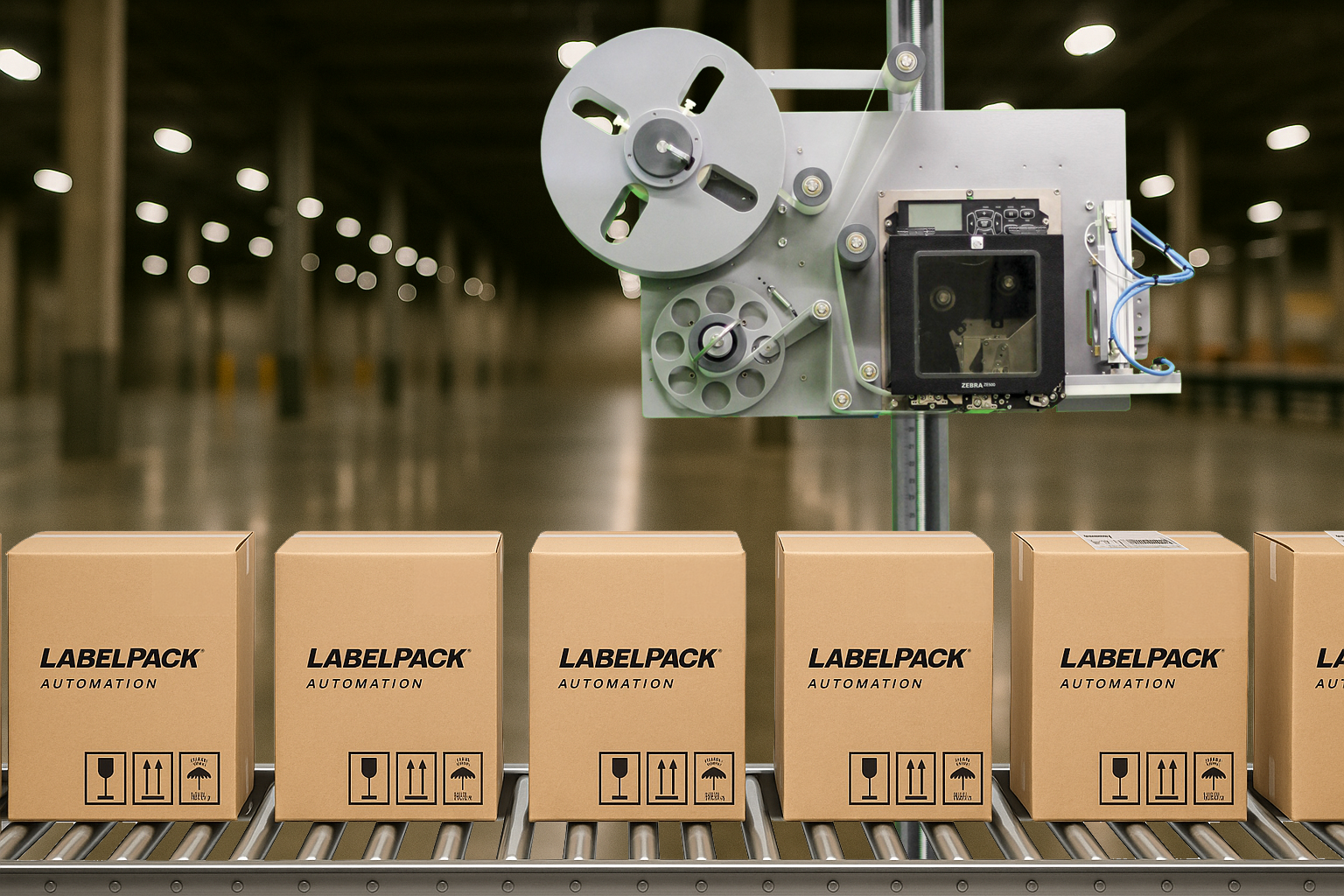
In fast-paced manufacturing and distribution environments, efficiency and accuracy are everything. That’s why more businesses are turning to print and apply labeling systems to streamline operations, reduce errors, and meet growing compliance demands.
But not all labeling applications are the same.
From labeling cartons and pallets to curved bottles or shrink-wrapped trays, different applications require different methods. In this blog, we’ll break down the most common print and apply applications, how they work, and how to choose the right solution for your needs.
What Is a Print and Apply System?
A print and apply labeling system is an automated solution that prints variable data on labels (barcodes, SKUs, dates, shipping info, etc.) and immediately applies them to a product or package. These systems integrate with your WMS, ERP, or conveyor line, and are designed to keep up with high-speed operations.
The method of application depends on the surface, product orientation, speed, and label type.
Common Types of Print and Apply Applications
Here are the most widely used application methods and what they’re best for:
1. Tamp Application
How it works: A vacuum pad extends on a pneumatic or electric cylinder and presses the label directly onto a flat surface.
Best for:
- Cartons
- Corrugated cases
- Flat box tops or sides
- 30+ labels per minute (depending on label size)
Advantages:
- Accurate label placement
- Simple and reliable
- Ideal for static or semi-static lines
Example: Labeling shipping boxes on an outbound conveyor.
2. Tamp-Blow Application
How it works: A tamp pad holds the label and uses a burst of air to blow the label onto the product without contact.
Best for:- Delicate or lightweight products
- Non-contact applications
- Contoured label panels where the air helps to mold the label
- Direct or non-contact labeling
- Conforms to surfaces
- Reduces product handling
- Suitable for fragile packaging or irregular shaped items
- Can also assist in transferring the label from the vacuum to the product
Example: Applying date labels to tapered deli type containers
3. Wipe-On Application
How it works: Labels are dispensed onto a moving product while a brush or roller wipes them into place.
Best for:- High-speed lines
- Static Imprint
- Boxes, bags, pouches
- Continuous labeling without stopping the line
- Labels can apply faster than they print
Example: Labeling cylindrical cans on a rotary or straight-line conveyor.
4. Corner-Wrap Application
How it works: The label is applied to the front panel of a box and then wrapped around the corner onto the adjacent side (usually using a roller or secondary wipe mechanism). It can also be applied to the side and wiped across the trailing panel.
Best for:- Shipping compliance (SSCC labels, GS1-128)
- Multi-side scan requirements
Advantages:
- Barcode visibility on two sides
- Essential for logistics and warehousing
- Supports pallet and LTL scanning
Example: Labeling outbound cases for Walmart or Amazon compliance.
5. Dual-Panel or Multi-Panel Application
How it works: Two or more applicators apply labels to multiple sides of a product simultaneously. Can also be a single, multi-function applicator applying adjacent panels.
Best for:- Products that require labeling on more than one face
- Regulatory + branding labels
- Large cartons or crates
- Eliminates reorientation
- Increases labeling visibility
- Ensures 360° compliance
Example: Applying front-facing branding + UDI label on a medical device package.
How to Choose the Right Label Application Method
Choosing the right method depends on:- Product shape & size: Flat, round, irregular, heavy, or fragile?
- Conveyor speed: Is the product stopped, indexed, normal speed or moving at high speed?
- Label size & content: Large compliance labels or small serialized codes?
- Compliance requirements: GS1, FDA, retailer specifications?
- Environment: Cold, dusty, sterile, or high-humidity environments?
As an experienced automation partner, LabelPack Automation will help you evaluate your layout and product flow to recommend the best method.
Print and apply labeling isn’t one-size-fits-all. The right application method depends on your product, throughput, and compliance needs.
Whether you’re labeling cases, pallets, pouches, or bottles, the right system will improve accuracy, reduce manual labor, and keep your lines running efficiently.
Let’s Find the Best Labeling Solution for You
At LabelPack Automation, we build and integrate custom print and apply systems for manufacturing, warehousing, food, pharma, and logistics operations. Our solutions are engineered to match your application — not the other way around.

